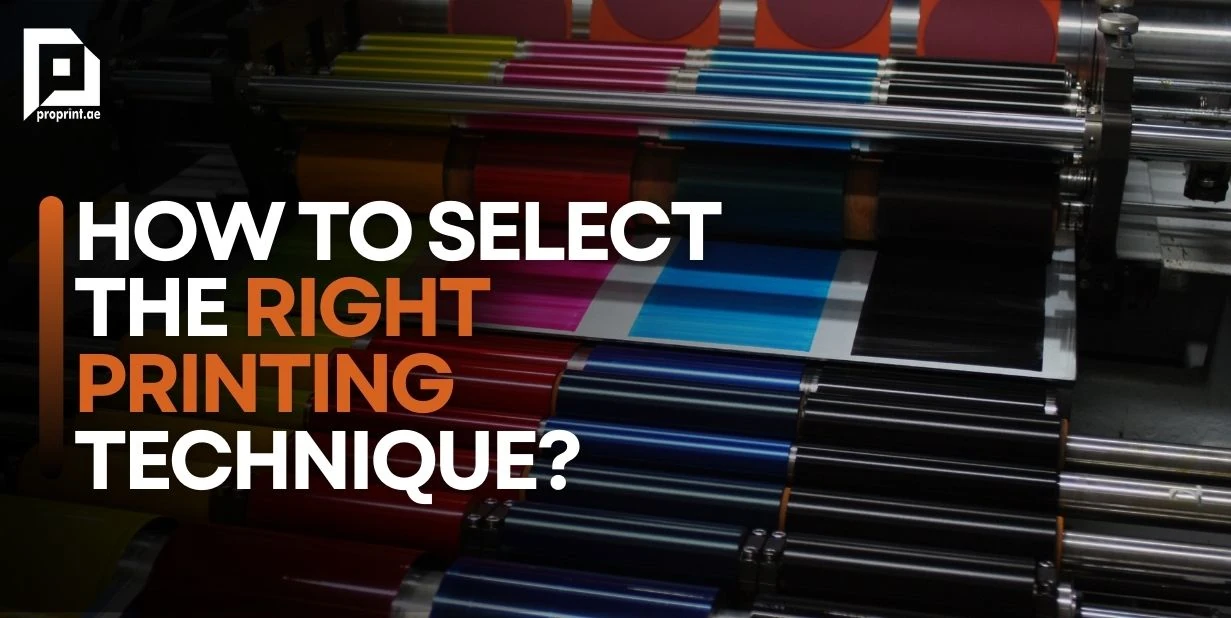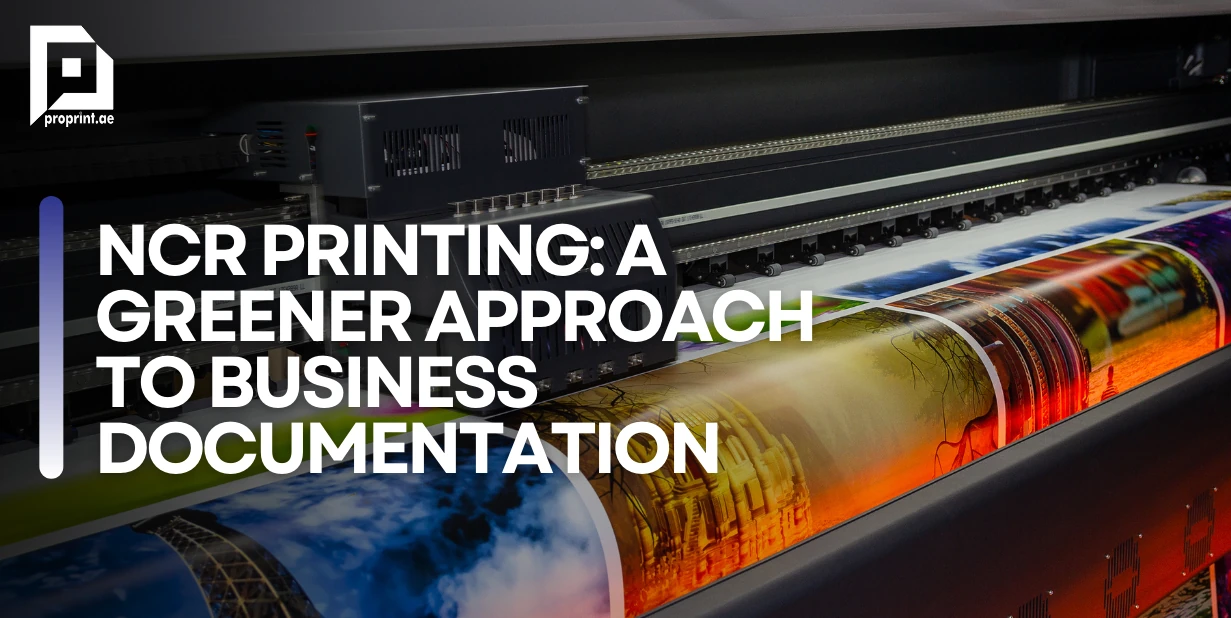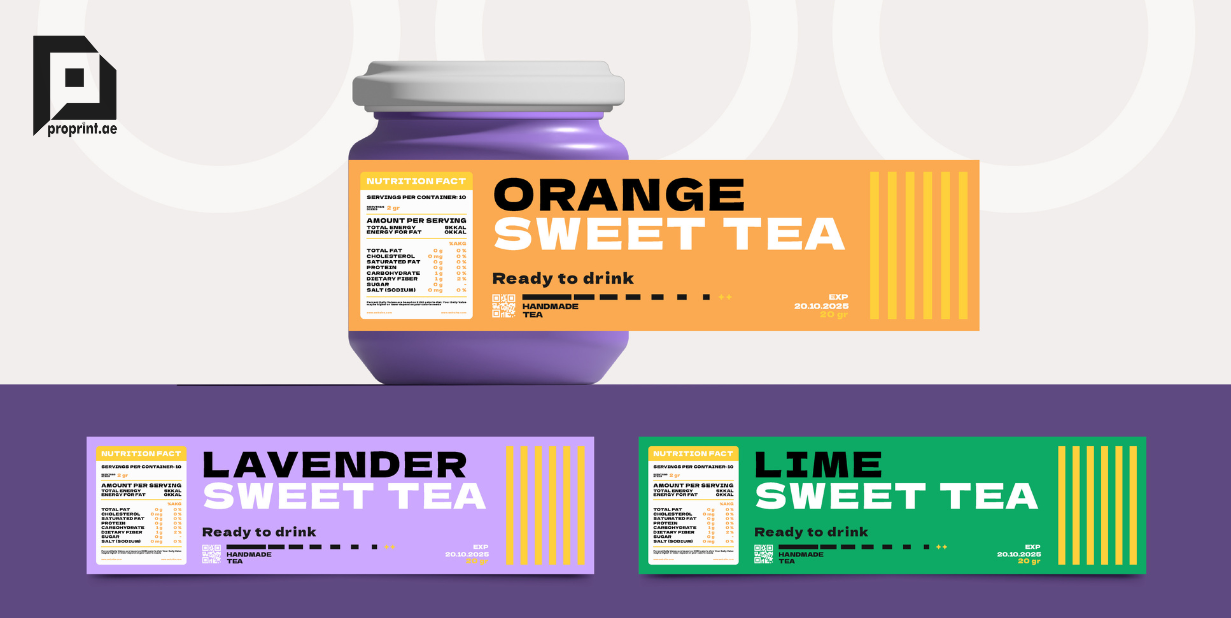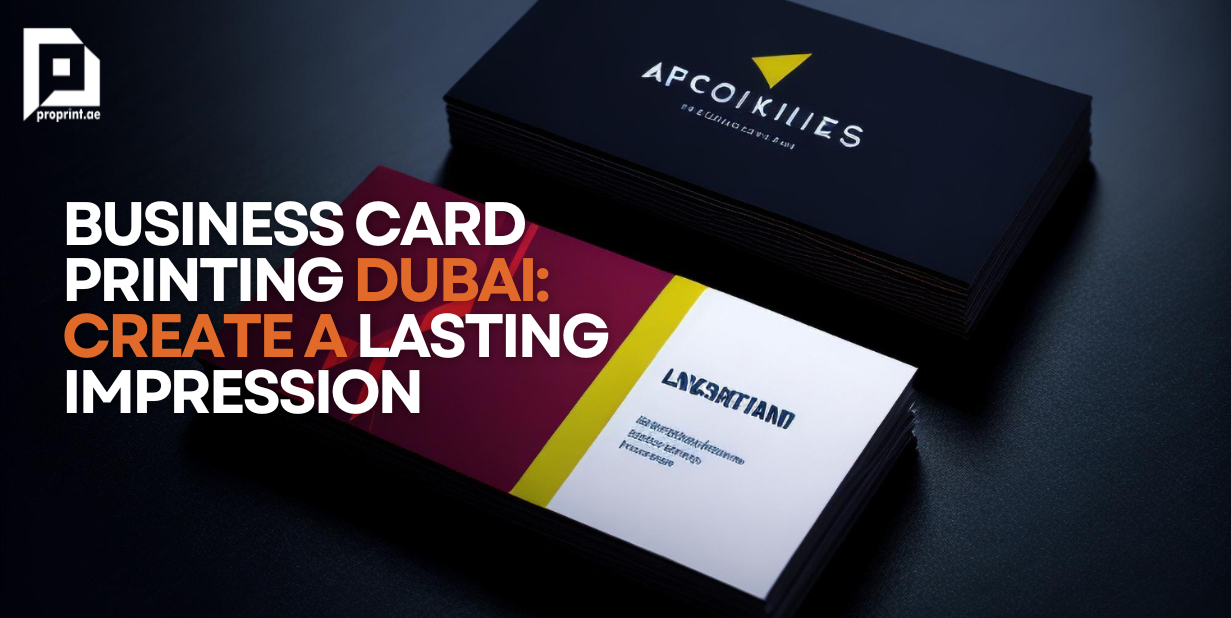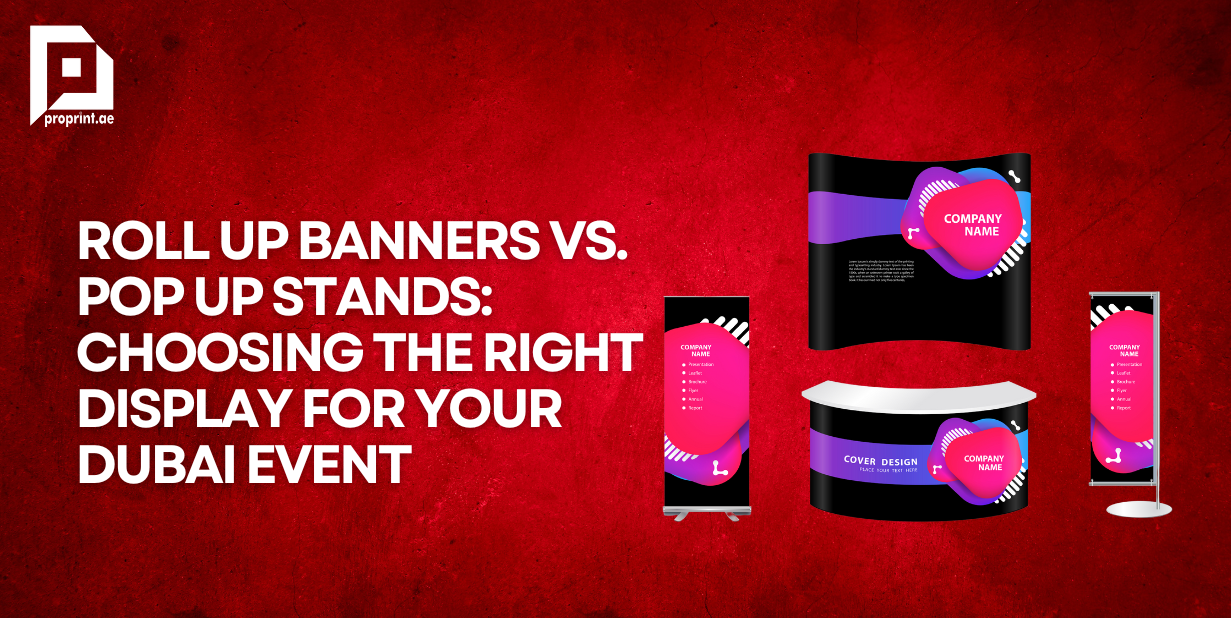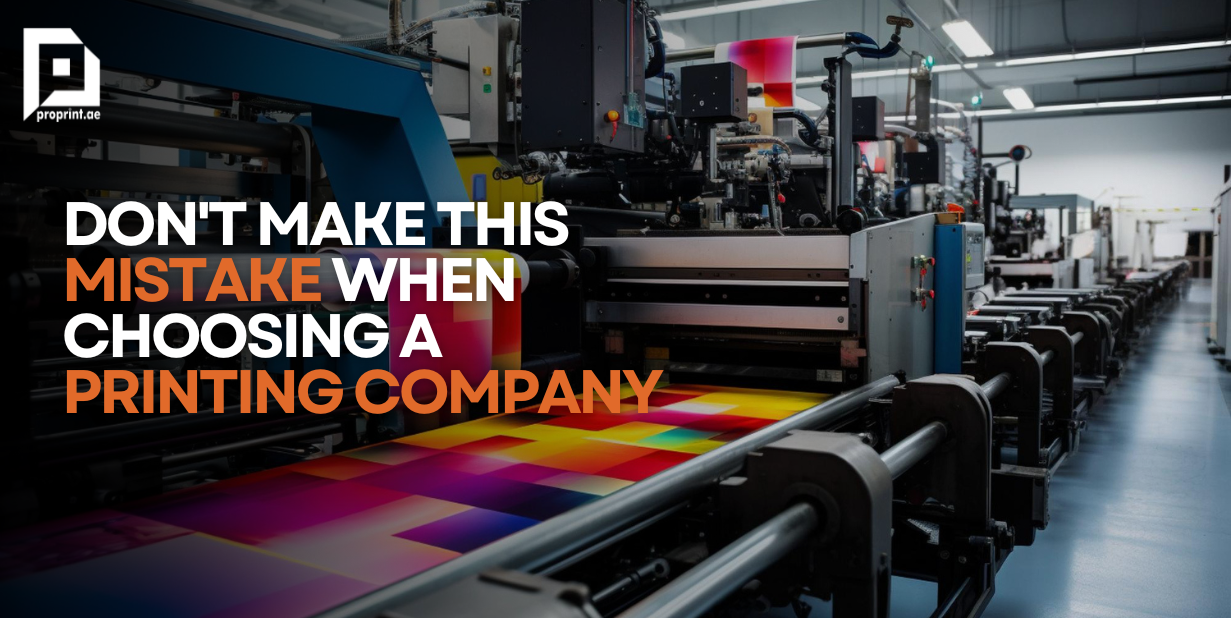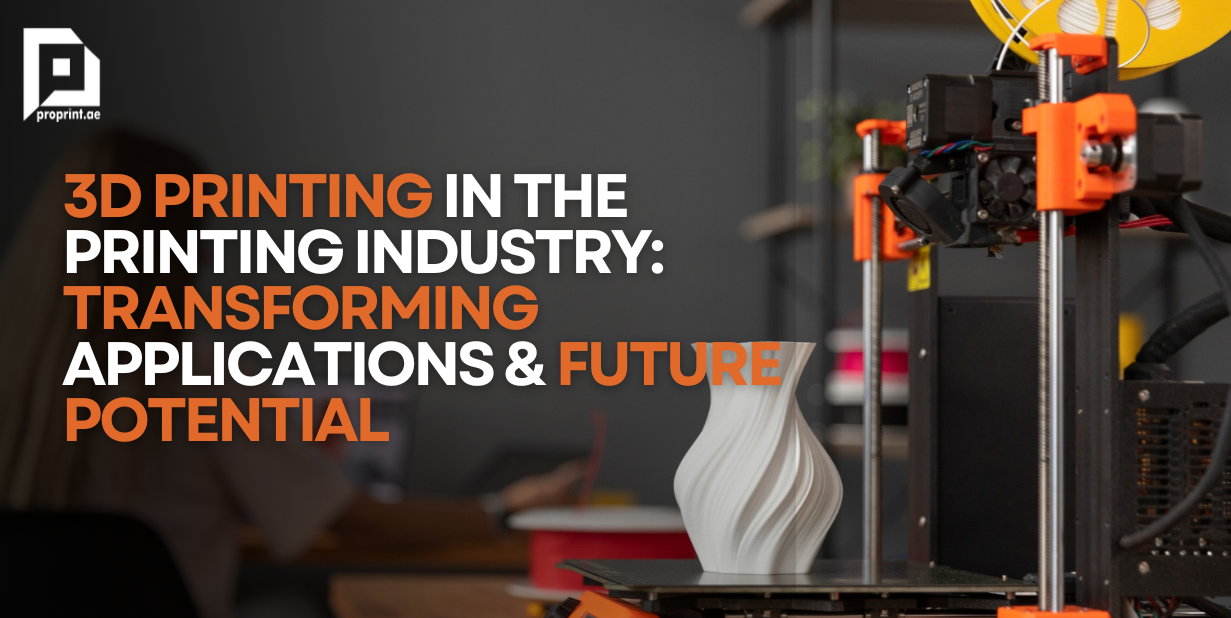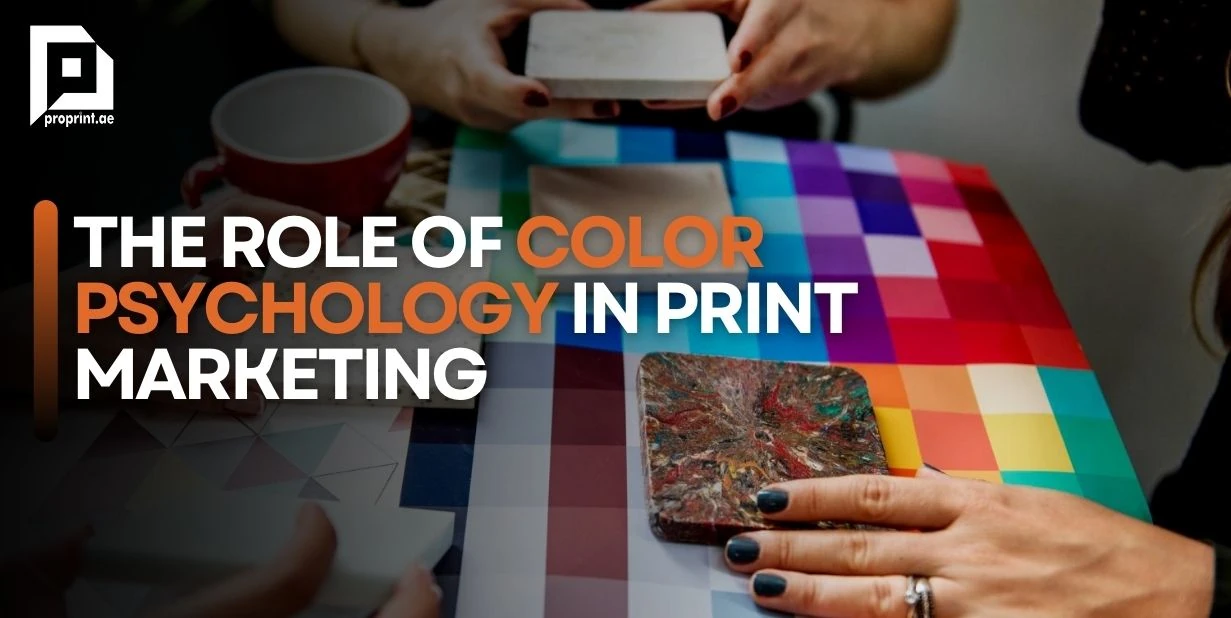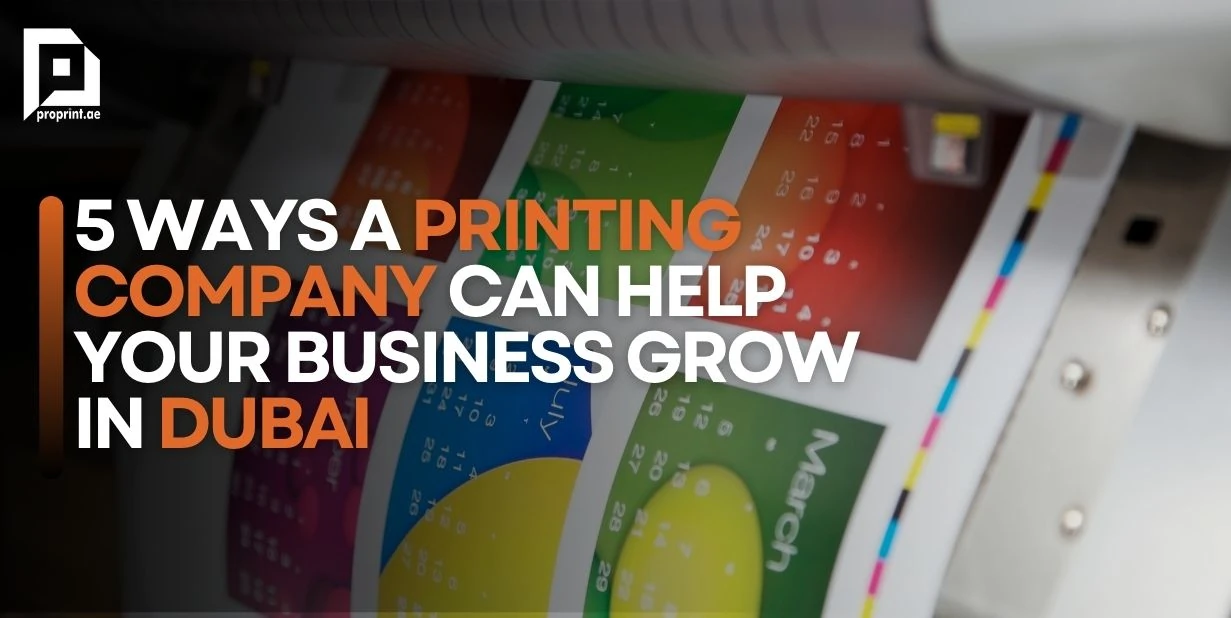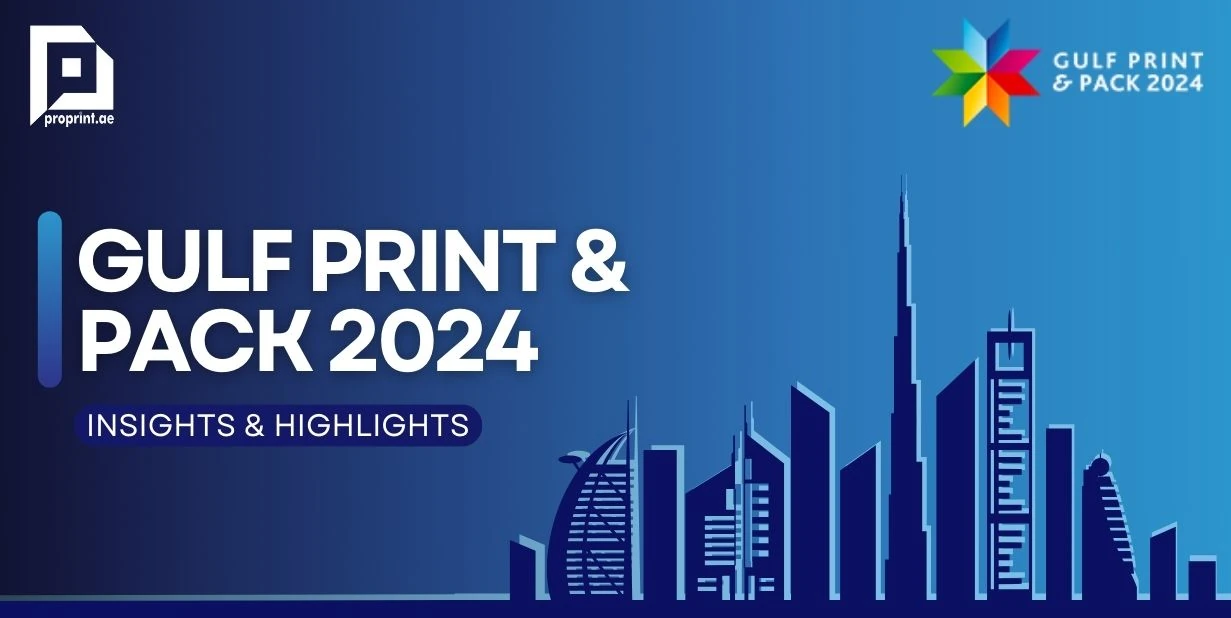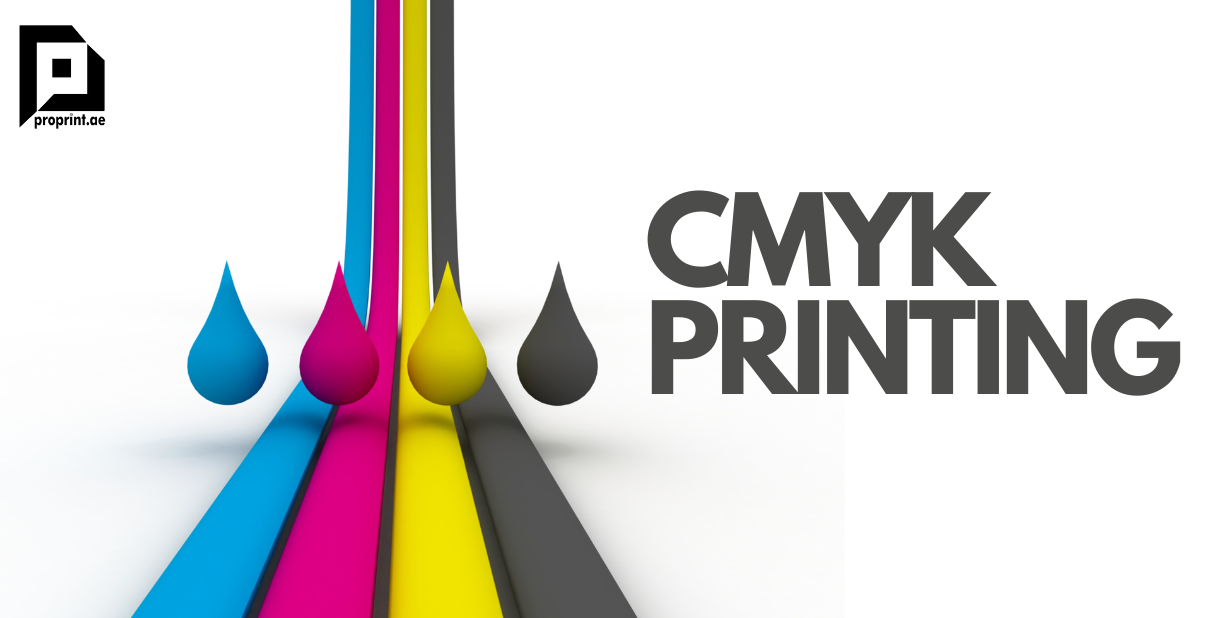In the realm of visual communication, selecting the appropriate printing technique can significantly impact the quality, aesthetics, and effectiveness of your printed materials. From business cards and brochures to packaging and signage, understanding the intricacies of various printing methods is essential for achieving the desired outcomes. This comprehensive guide aims to delve deeper into the world of printing techniques, providing a detailed analysis of traditional and digital printing methods, their applications, advantages, limitations, and key factors to consider when choosing the right technique for your specific needs.
Understanding Printing Techniques
Before delving into specific methods, it’s crucial to grasp the fundamental principles underlying printing processes. Printing techniques can be broadly categorized into two main categories: traditional (analog) printing and digital printing.
Traditional Printing Methods
Offset Printing
- Process: Offset printing involves transferring ink from a plate to a rubber blanket and then onto the printing surface. It utilizes a series of rollers and cylinders to achieve precise ink application.
- Advantages: Excellent color accuracy, sharpness, and consistency. Ideal for high-volume commercial printing.
- Applications: Brochures, catalogs, magazines, stationery, packaging materials.
- Limitations: Higher setup costs and longer setup times compared to digital printing.
Flexography
- Process: Flexography utilizes flexible relief plates and fast-drying inks to print on various substrates, including paper, cardboard, plastics, and foils.
- Advantages: Efficient for large-volume printing, particularly for packaging materials. High-speed printing capabilities.
- Applications: Labels, packaging boxes, flexible packaging.
- Limitations: Limited color control compared to offset printing. Not suitable for high-resolution images.
Gravure Printing
- Process: Gravure printing employs engraved cylinders to transfer ink onto the printing surface. It excels in reproducing intricate designs and vibrant colors.
- Advantages: Superior image quality, especially for long print runs. Suitable for high-end packaging and publications.
- Applications: Magazines, catalogs, packaging materials, decorative prints.
- Limitations: Expensive setup costs, longer production times, not cost-effective for short print runs.
Screen Printing
- Process: Screen printing involves using a mesh screen to transfer ink onto the substrate. It is versatile and suitable for printing on various materials.
- Advantages: Versatility in printing on flat and curved surfaces. Ideal for custom apparel, signage, and posters.
- Applications: T-shirts, posters, banners, signage, promotional items.
- Limitations: Slower production speeds compared to other methods. Limited color accuracy for complex designs.
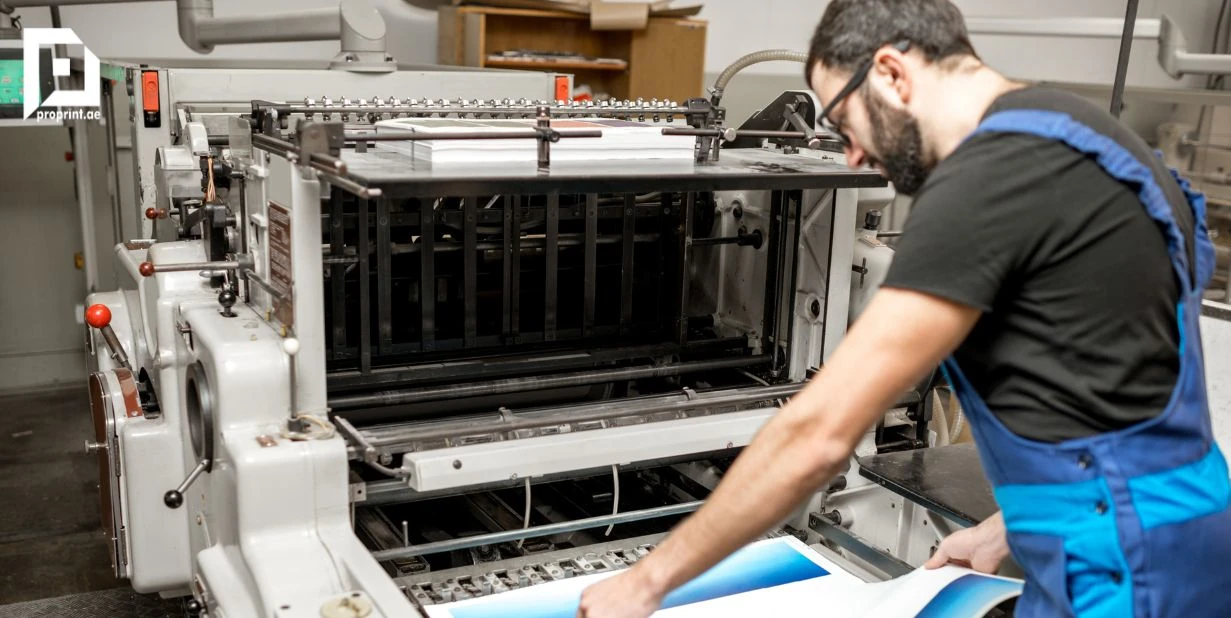
Digital Printing Technologies
Inkjet Printing
- Process: Inkjet printing propels droplets of ink onto the printing surface to create text, images, or graphics. It offers flexibility for short to medium print runs.
- Advantages: Cost-effective for small quantities. Quick turnaround times. Suitable for variable data printing.
- Applications: Marketing materials, personalized documents, prototypes, photo prints.
- Limitations: Limited substrate compatibility. Image quality may vary depending on the printer and ink type.
Laser Printing
- Process: Laser printing uses electrostatic charges to attract toner particles onto the paper. It is known for its speed, precision, and crisp text quality.
- Advantages: Fast printing speeds. High-quality text and graphics. Ideal for office documents and on-demand printing.
- Applications: Documents, reports, manuals, on-demand books, and marketing collateral.
- Limitations: Limited substrate options. Color reproduction may not be as accurate as offset printing.
Factors Influencing Printing Technique Selection
- Print Quantity: Consider the volume of prints required for your project. Traditional methods are more cost-effective for large quantities, while digital printing offers flexibility for smaller runs.
- Color Accuracy and Consistency: Evaluate the color fidelity and consistency needed for your design. Traditional methods typically offer superior color-matching capabilities, especially for precise brand colors.
- Substrate Compatibility: Assess the type of material you intend to print on and its surface characteristics. Some printing methods are better suited for specific substrates, such as paper, cardboard, plastics, or textiles.
- Turnaround Time: Determine the urgency of your project and the desired turnaround time. Digital printing provides quicker results with shorter setup times and on-demand capabilities.
Selecting the right printing technique is a critical decision that can significantly impact the success of your printing projects. By understanding the intricacies of traditional and digital printing methods, along with considering factors such as print quantity, color accuracy, substrate compatibility, and turnaround time, you can make informed decisions that align with your project requirements and objectives. Whether you’re producing marketing materials, packaging, or corporate documents, empower yourself with the knowledge to choose the optimal printing technique and bring your vision to life with precision and excellence.

